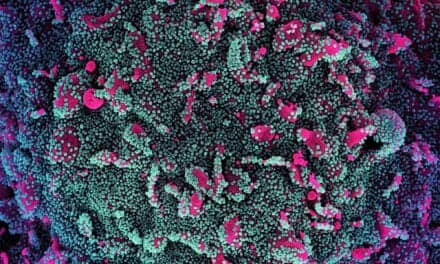An Amsterdam UMC-led study of more than 600,000 individuals shows that 4 in 5 with TB have no persistent cough, previously believed to be the most common symptom of the infectious disease.
More than 80% of patients with tuberculosis, the world’s most deadly infection, do not have a persistent cough, despite this being seen as a key symptom of the disease.
The infection is predominantly transmitted by coughing, but probably also through simply breathing. Research, led by Amsterdam UMC and the Amsterdam Institute for Global Health and Development, analyzed data on more than 600,000 individuals in Africa and Asia and found that 82.8% of those with tuberculosis had no persistent cough and 62.5% had no cough at all. These results are published in the Lancet Infectious Diseases.
“Our results indicate the probable reason why, despite huge efforts to diagnose and treat the disease, the tuberculosis (TB) burden across Africa and Asia is hardly declining. We already knew that there was a giant gap between the 10.6 million who get ill with tuberculosis and the 7.5 million cases that were registered by health authorities in 2022,” says Frank Cobelens, professor of global health at Amsterdam UMC and senior fellow at the Amsterdam Institute for Global Health and Development, in a release.
“A persistent cough is often the entry point for a diagnosis, but if 80% of those with TB don’t have one, then it means that a diagnosis will happen later, possibly after the infection has already been transmitted to many others, or not at all,” he adds in the release.
The study analyzed the results of national monitoring schemes in 12 countries and found that, alongside the lack of a cough, more than a quarter of those with TB had no symptoms at all.
Both of these traits were more common in women than in men. Further, the study showed that a quarter of those without cough have high loads of bacteria in their sputum and are probably highly infectious.
“When we take all of these factors into account, it becomes clear that we need to really rethink large aspects of how we identify people with TB. It’s clear that current practice, especially in the most resource-poor settings will miss large numbers of patients with TB. We should instead focus on X-ray screening and the development of new inexpensive and easy-to-use tests,” says Cobelens in a release.
Photo 143813352 © Kateryna Kon | Dreamstime.com










